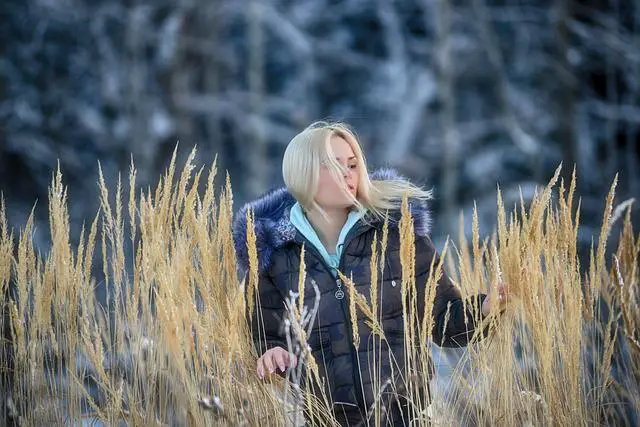Will winter rye reseed itself? In the right conditions, yes, it will. This is a favorite of gardeners around the riverbanks as it serves as a cover crop. These crops are good windbreakers and prevent erosion during the cold winter storms. It also beckons on whitetails and deer and provides meat for hunters during the winter.
So, to grow these hardy grains, you must seek to know the best conditions for their growth. The winter rye is the most resilient of the cereal family and grows in frigid months between winter and spring. Winter rye is a great cover crop that can improve soil health, reduce weeds, and provide valuable forage for livestock.
This article outlines the conditions the winter rye requires to reseed itself. It also gives a DIY guide to planting winter rye in your garden or yard and possible causes for growth failure. At the end of this article, you will have learned how to initiate winter rye reseeding successfully.
Understanding the Benefits of Winter Rye Reseeding
Winter rye is not only a resilient cereal plant but also offers numerous benefits to gardeners and farmers. Understanding these benefits can help you appreciate the importance of winter rye reseeding. Winter rye serves as an effective cover crop, preventing erosion and acting as a windbreaker during cold winter storms.
Additionally, it attracts wildlife such as whitetails and deer, providing a food source for hunters during the winter months. Moreover, winter rye is known for improving soil health, reducing weed growth, and serving as valuable forage for livestock.
By reseeding itself, winter rye ensures its continued presence and contribution to the ecosystem.
Will Winter Rye Reseed Itself? Conditions That Favor Winter Rye Growth
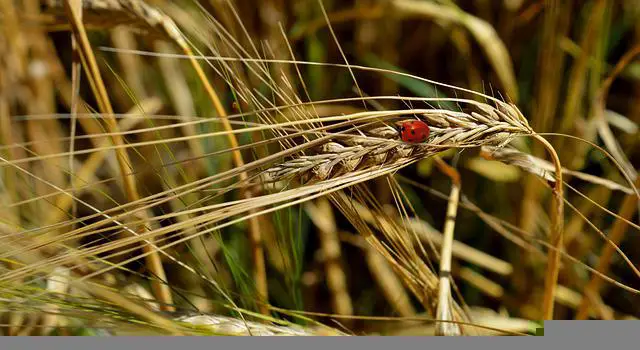
Winter rye is a resilient cereal plant that produces multiple seed heads. Given the right conditions, it will reseed itself and spread throughout the yard or garden. So, if you are looking to reseed your winter rye, the conditions to meet include:
1. Cold Winter Nights and Few Hours of Sunlight
These are the general conditions of winter and provide the optimal environment for rye seed growth. So, if you want your rye seed to regrow, you must target these periods.
2. Optimal Aeration
Rye seeds do not do well in clay soils or poorly aerated environments. So, riverbanks and sandy-loam soils are perfect for growth.
3. Viable Seeds
The winter rye seeds must be able to grow again. To achieve this, allow the plant stalks to scatter the rye seeds and mow them to distribute them throughout the garden further. Test the seeds to see if they can regrow.
To do this, take a few seeds and place them on a moist paper towel, providing low amounts of light. Watch it for a week and see if it germinates. This will help you to know if the seeds are viable or not.
4. Fertilizer Application
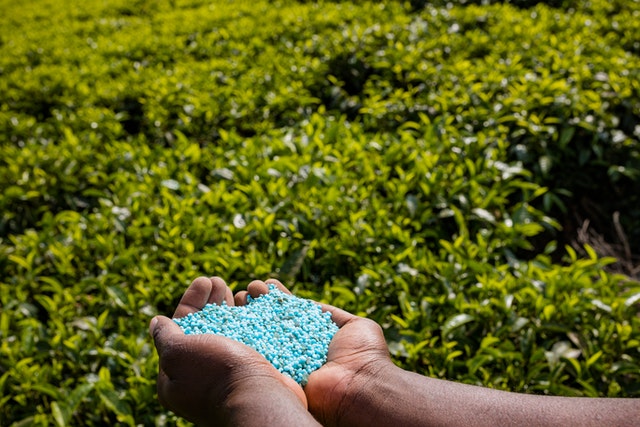
A major limiting factor to winter rye growth is the absence of nitrogen in soils during winter. So, to maintain healthy growth, apply nitrogen-rich fertilizers just after germination of rye shoots and just before flowering.
Another helpful grooming condition is weed control. Use selective herbicides or handpick weeds to control their growth. This is essential to the growth of winter rye plants. Weeds compete with plants for sunlight, space, and nutrition. So, when there are weeds in your winter rye production, the plants will do poorly.
Fun Fact
Winter rye has a wide range of uses for people and animals. It is a popular component of alcoholic drinks such as beer, whiskey, and gin. Rye bread is also a good staple and an all-time favorite in most countries during winter. In animal husbandry, it serves as feed for livestock during winter, and rye stalks make suitable animal beddings.
Ensuring Successful Winter Rye Reseeding
To ensure successful winter rye reseeding, there are several key factors to consider. First and foremost, the right environmental conditions must be met. This includes cold winter nights and limited sunlight, which create an optimal environment for rye seed growth.
Additionally, proper soil aeration is crucial, as rye seeds thrive in well-draining soils like sandy or loamy soils. It’s important to ensure that the seeds themselves are viable by allowing the plant stalks to scatter them and testing a sample for germination.
Fertilizer application, particularly nitrogen-rich fertilizers, helps promote healthy growth and prevent nutrient deficiencies. Weed control is also essential, as weeds can compete with winter rye for resources.
By addressing these factors, you can increase the chances of successful winter rye reseeding.
DIY Tips for Growing Winter Rye Plants
During the frigid winter periods, your garden does not have to be empty, and livestock can have greens instead of silage and hay. This is because you can plant winter rye and watch it grow during winter and spring. It also helps to produce multiple seed heads because they can feed your animals into the autumn months.
These plants do not require intensive care during their growth period. So, with a simple guide, you can cultivate the winter rye and groom it successfully to maturity.
1. Choose a Suitable Planting Period
This is the first step to successfully growing winter rye plants. This is because the winter rye does not need large amounts of water and sunlight. Yet, the seeds will die of frostbite if you plant them when the weather is freezing. So, it is best to plant seeds when you experience your first frost.
2. Prepare the Field
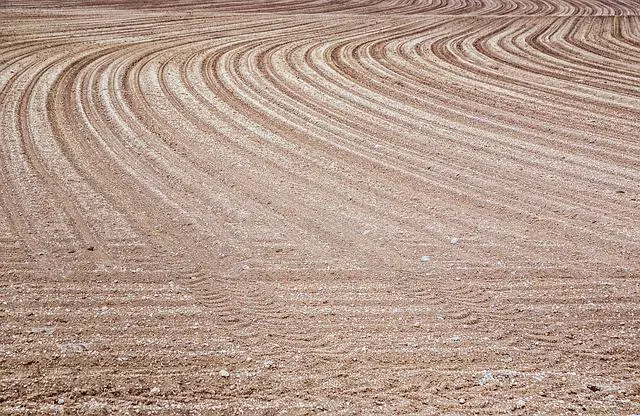
The field must be flat and level. So, use a rake to flatten the soil and prepare it for planting. Winter rye does best in well-draining soils such as sandy or loamy soils.
Avoid compact clay soils because their water retaining capacity will prevent the seeds from doing well. If there are weeds or unwanted plants, remove them as you prepare the field.
3. Broadcast Rye Seeds
Planting winter rye seeds can be a fun activity. This is because you scatter the seeds across the field. A thousand square footage can accommodate two pounds of rye seeds for large farms.
4. Distribute the Seeds Evenly
To ensure that you have an even distribution of the winter rye seeds, use a rake to spread them across the field or garden. This also covers up the seeds with soil.
5. Watering Routine
Immediately after planting, water the plants lightly to moisten the soil. This pushes the seeds further down the soil.
You will water the soil at intervals during fall before the plants germinate. The watering frequency depends on the precipitation rate and the observable soil dryness. If the soil is dry, you must water to keep the seeds viable.
6. Harvesting
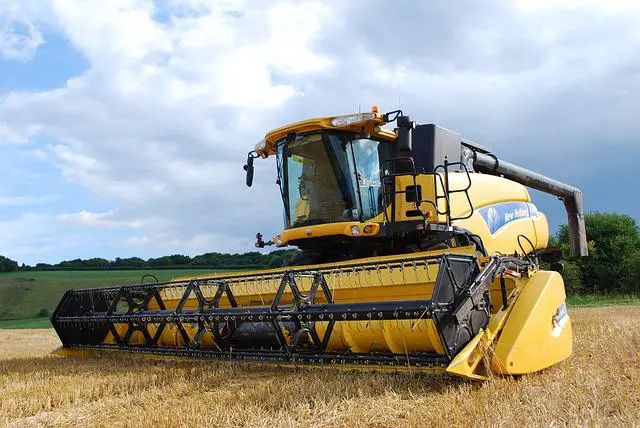
When rye is ready for harvest, it turns a yellow-brown color. You can harvest small plantations by hand but may need a combined harvester for large areas.
Step-by-Step Guide to Planting Winter Rye
Planting winter rye is a straightforward process that can be accomplished with a few simple steps.
- First, choose a suitable planting period, preferably after the first frost when the weather is cold but not freezing.
- Prepare the field by ensuring it is flat and level, removing any weeds or unwanted plants.
- Broadcasting the rye seeds across the field or garden and distributing them evenly using a rake ensures proper coverage.
- Lightly water the soil immediately after planting and providing periodic watering during the fall months keeps the seeds viable.
- Finally, knowing when to harvest the rye is important, as it turns a yellow-brown color when ready. Harvesting can be done manually for small plantations or with a combined harvester for larger areas.
By following these steps, you can successfully plant winter rye and facilitate its reseeding.
Go to another post: Why Is My ZZ Plant Drooping
Summary
Winter rye reseeding offers numerous benefits, and understanding the conditions and steps for successful reseeding is essential.
By considering factors such as environmental conditions, soil aeration, seed viability, fertilizer application, and weed control, you can increase the likelihood of winter rye reseeding.
Planting winter rye involves choosing the right planting period, preparing the field, broadcasting and distributing the seeds, watering appropriately, and knowing when to harvest.
With these guidelines in mind, you can effectively cultivate winter rye and harness its benefits in your garden or farming practices.
The winter rye plant is the hardiest sibling in the cereal family and protects everyone. It thrives in some of the harshest climatic conditions and sustains livestock and humans during these periods.
It then helps that we have an affirmative answer to the question, “will winter rye reseed itself?”. This article has demystified the processes of winter rye reseeding.
This makes it easy to excel in gardening and grooming these precious plants. You can also go a step further to learn about other garden plants and equip yourself with accurate information on grooming and tending to all plant types.
Frequently Asked Questions
Does rye grow faster in the winter?
Compared with other cereals, winter rye grows faster and is adapted to harsh winter conditions. It requires minimal care and little or no fertilizer to thrive. It reseeds itself with its pollen grains and can remain in the ground until the conditions are suitable for its growth.
What happens if you Mow winter rye grass too soon?
When the plant starts to develop pollen, you may mow it. The winter rye will likely reseed itself and grow back. But, if you wait a longer period before mowing, the pollen may remain in the soil until the next growing season.
This implies that although it does not grow immediately, you will have a second season of winter rye growth. So, if you do not want the second season of winter rye growth, you must monitor it closely. Once you notice that the winter rye is starting to produce flowers, it is your cue to mow it.
When should I plant winter rye seed for clover?
If you want to use rye seed as a nurse plant before seeding your clover in late summer, plant a few rye seeds. This will ensure sufficient space for the clover roots to grow.
How does winter rye kill weeds?
Winter rye seeds have an allelopathic effect on lesser weeds. In addition, they release chemicals through their roots into the soil that prevent lower grasses from germinating.
So, apart from creating a cover for your soil during the winter, they prevent weed growth. This reduces the cost of farming and gardening during summer and spring.

Hey, I’m Lisa and I’ve been an avid gardener for over 30 years. I love writing, talking and living in the garden! Feel free to connect with me on my socials below

